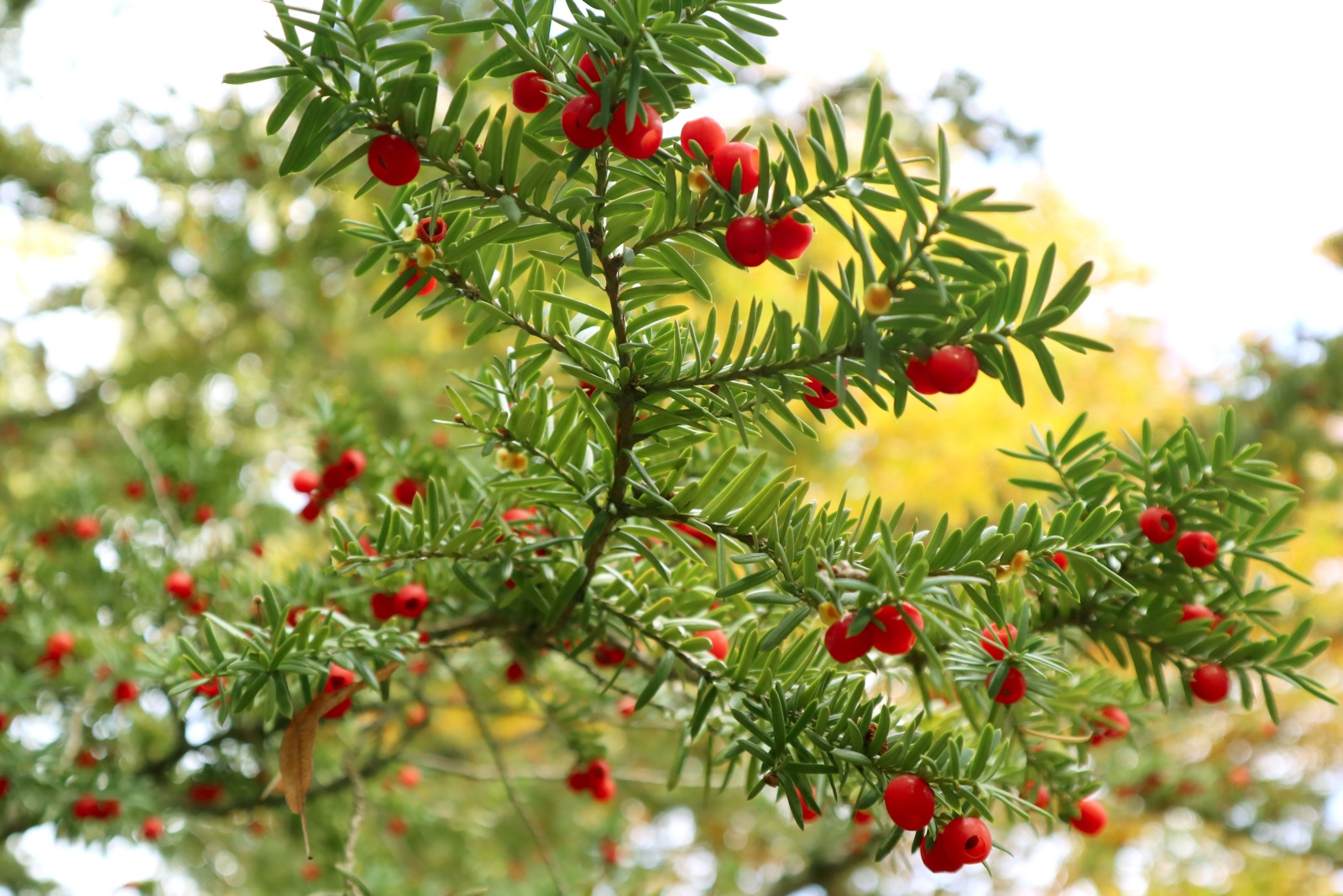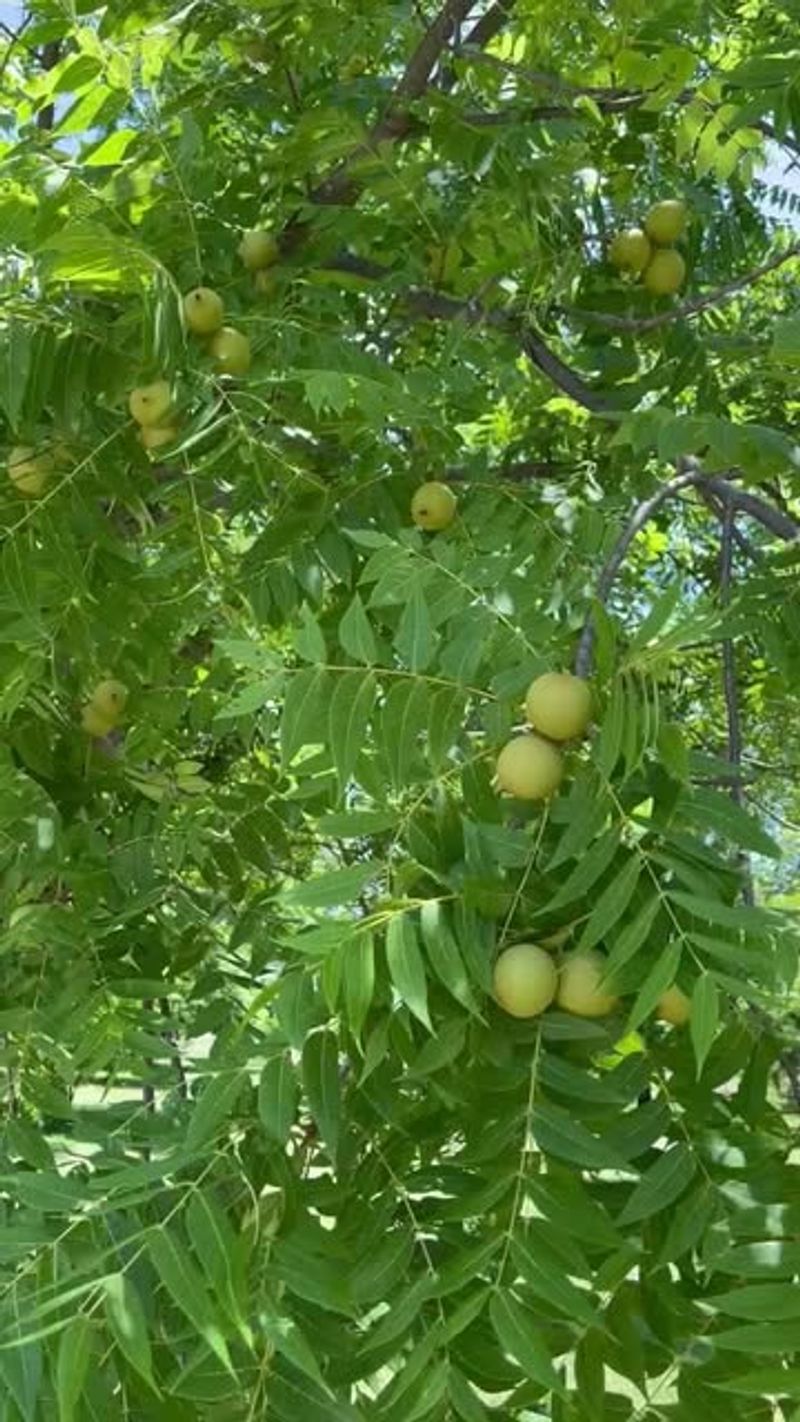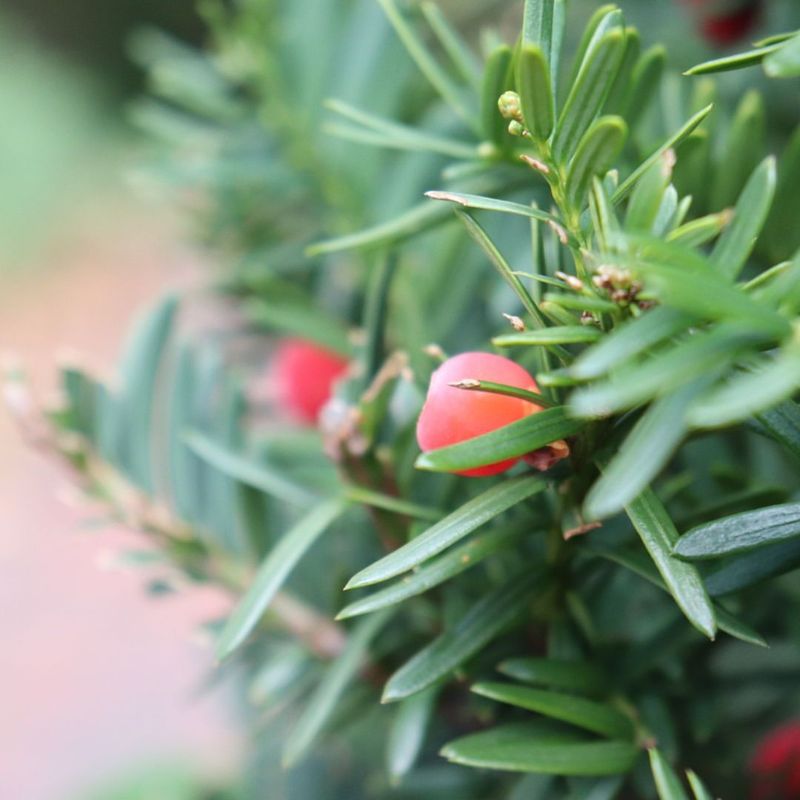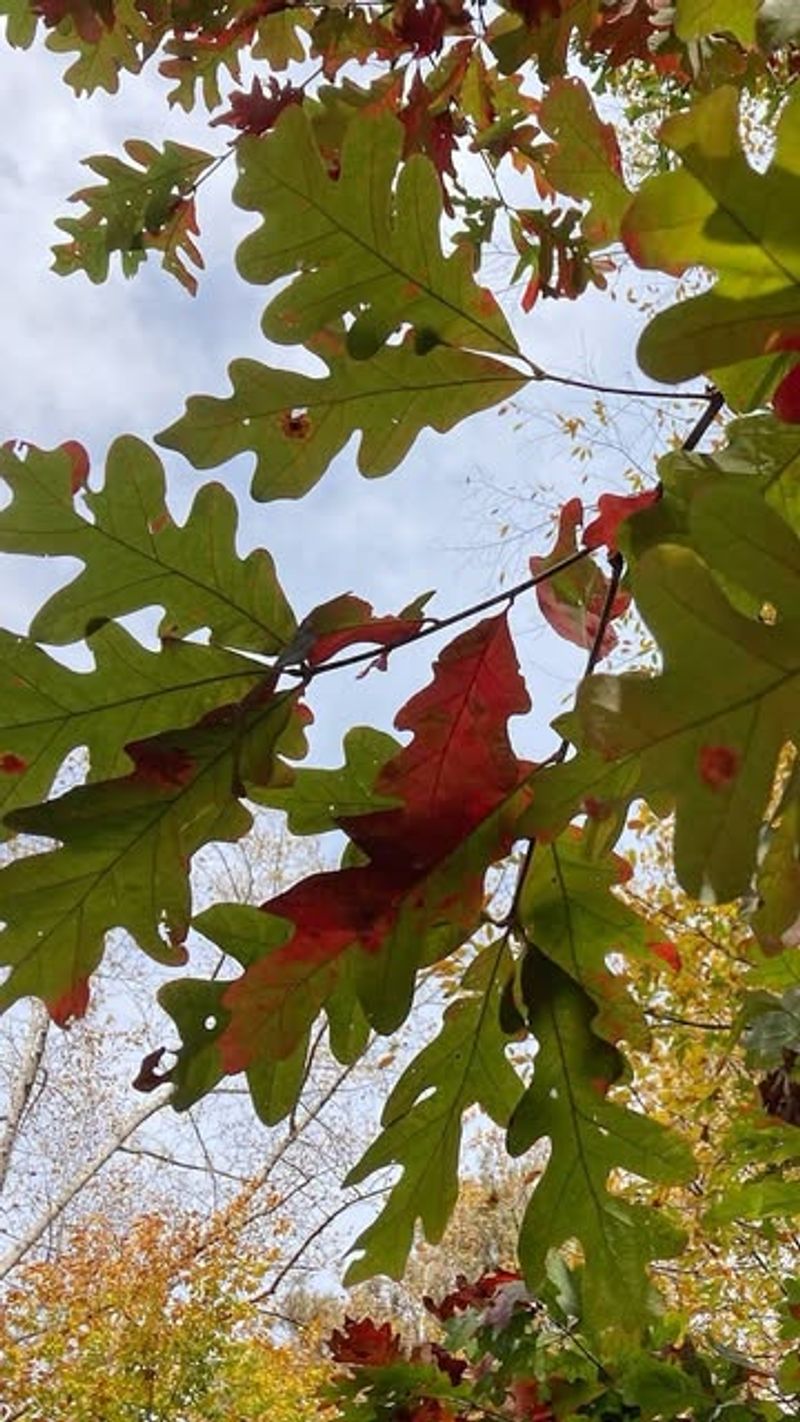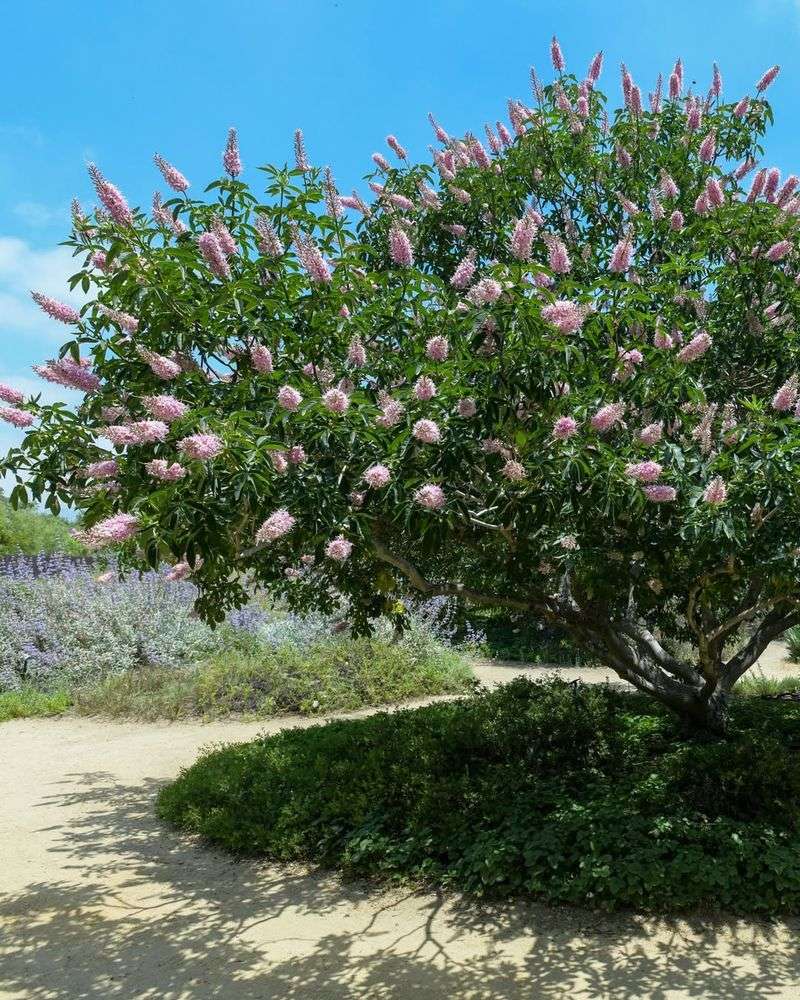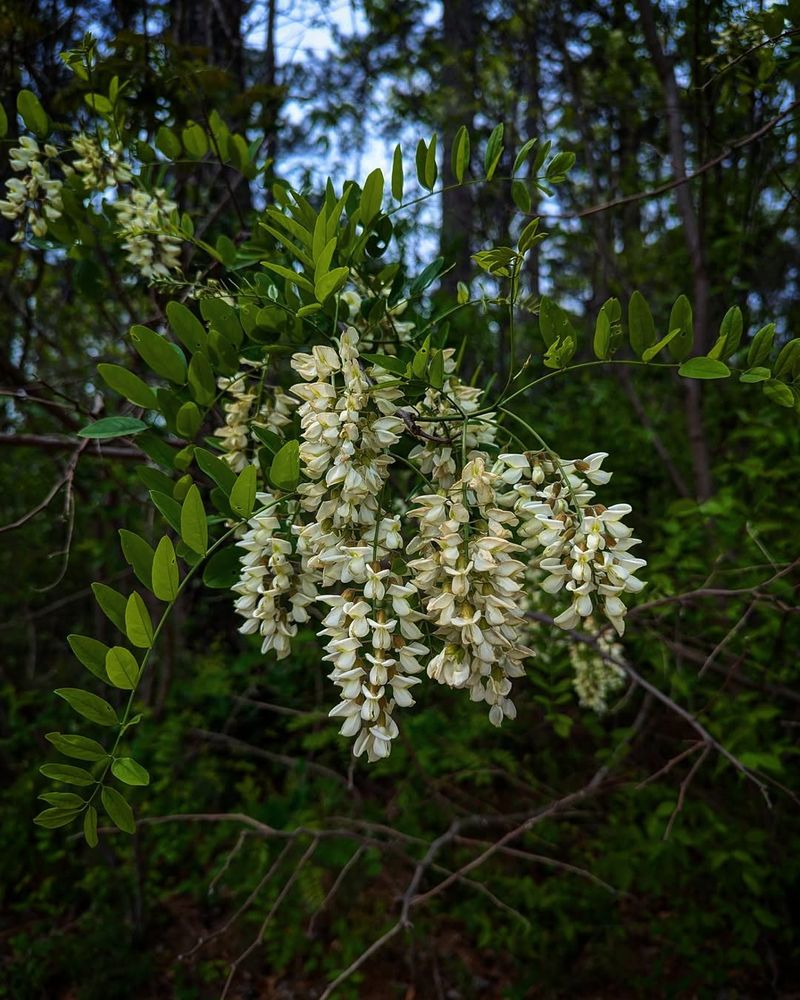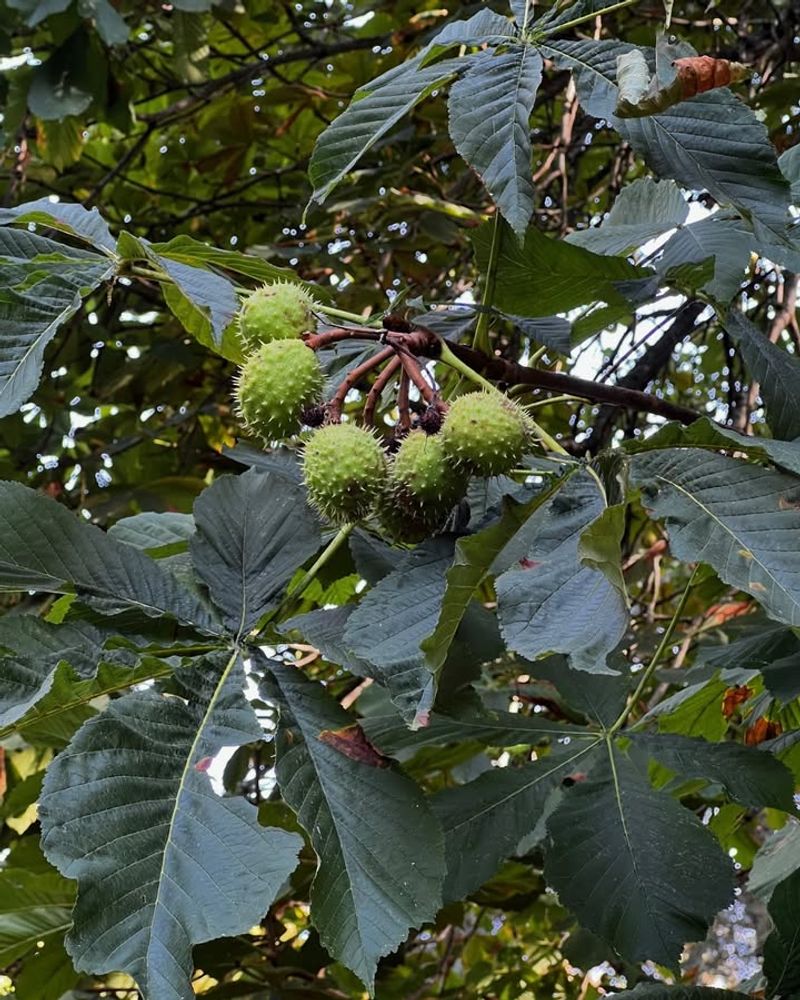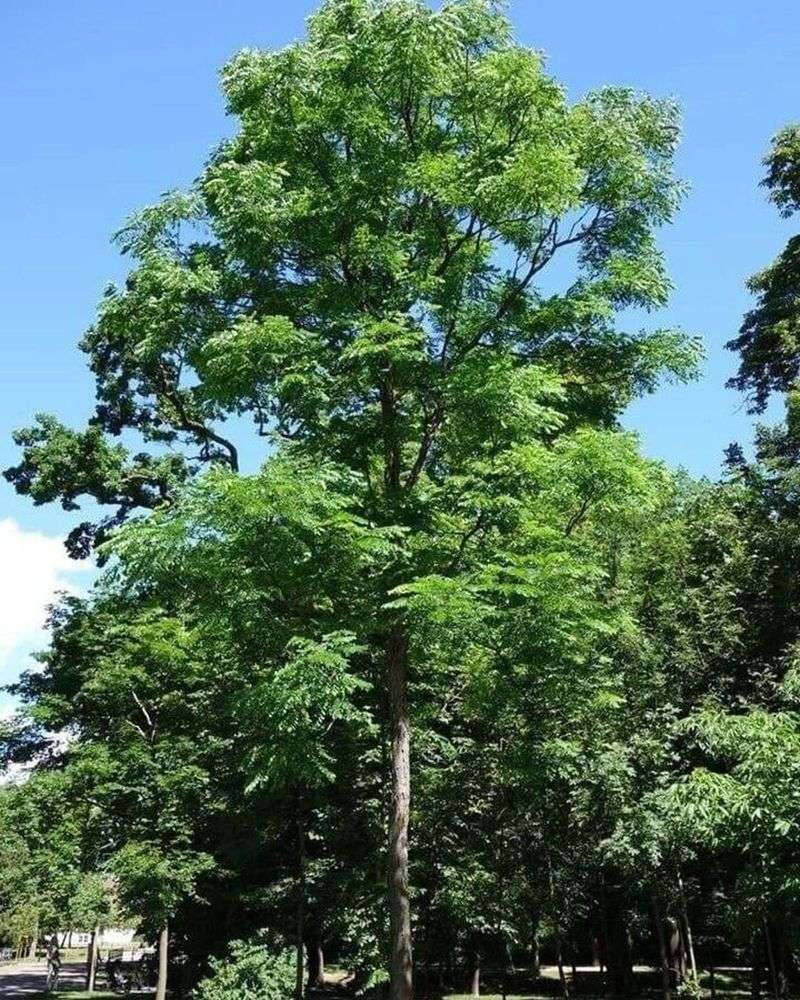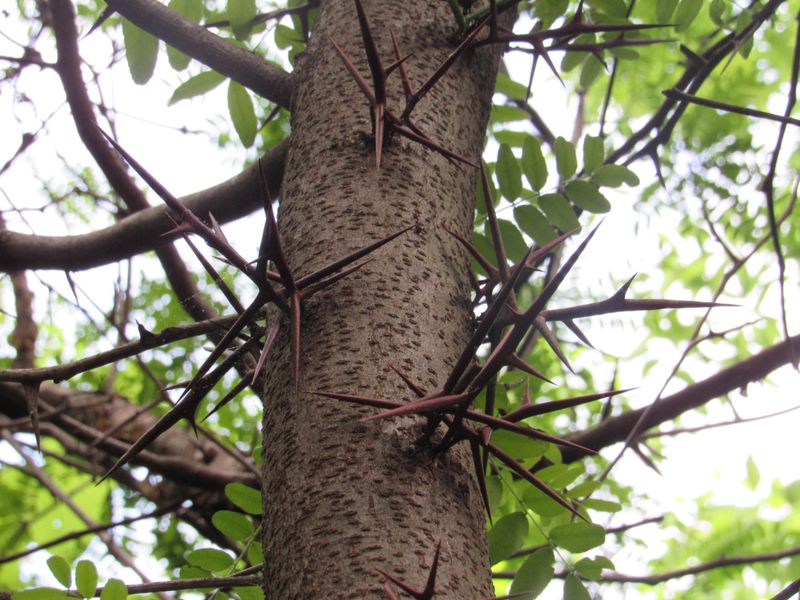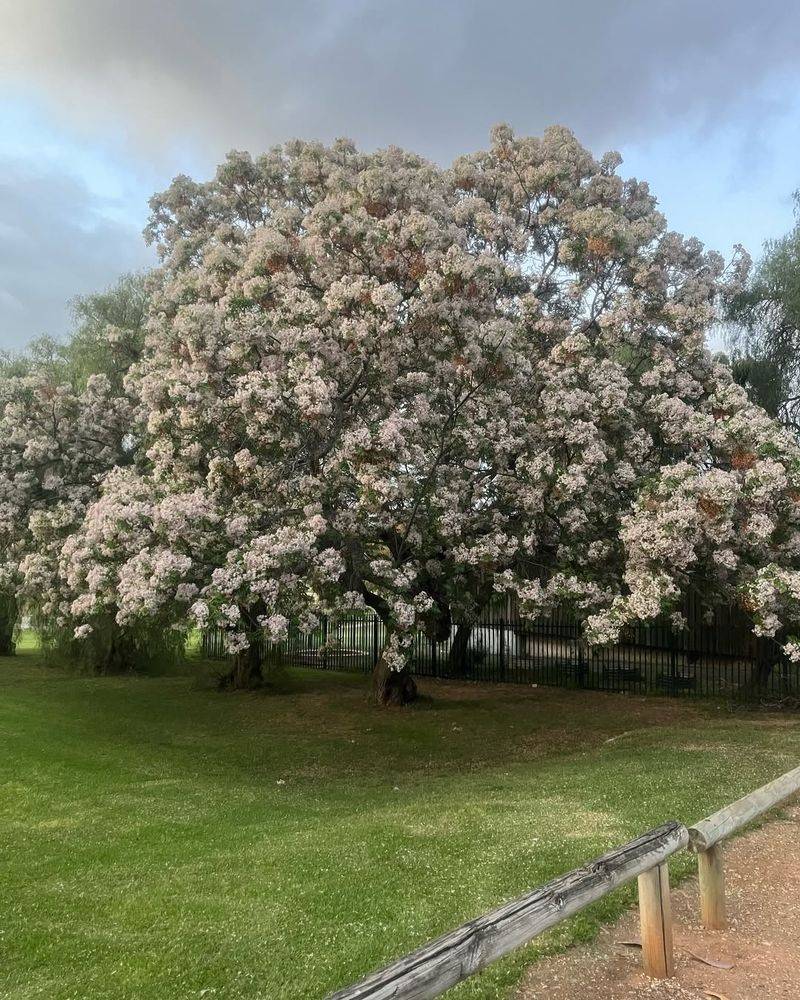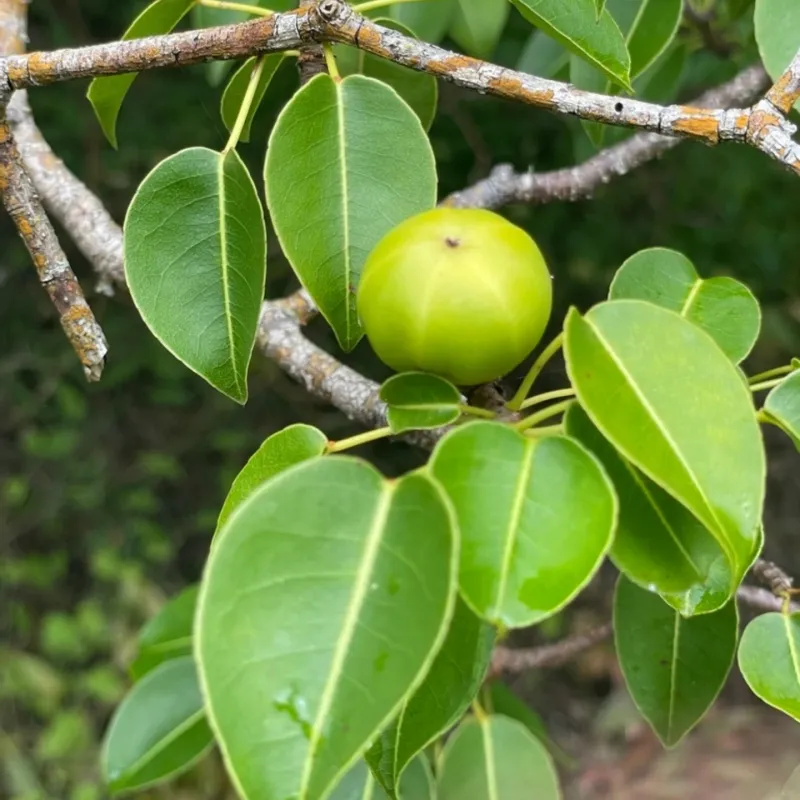Planting trees in your yard can bring shade, beauty, and fresh air to your Illinois home. However, not all trees are safe choices for families with kids or pets. Some common trees contain toxic parts like leaves, berries, or bark that can cause serious harm if touched or eaten.
Knowing which trees to avoid helps keep your loved ones safe while still enjoying a beautiful outdoor space.
1. Black Walnut
Black walnut trees might look impressive with their towering height, but they release a chemical called juglone from their roots, leaves, and nuts. This substance poisons nearby plants and can irritate your skin if you handle the husks without gloves.
Many gardeners struggle to grow vegetables or flowers near these trees because juglone kills tomatoes, peppers, and azaleas.
Pets who nibble on fallen leaves or nuts may experience stomach upset or worse complications. Consider removing black walnuts if you want a thriving garden and safe play area for children.
2. Yew Trees
With their pretty red berries and evergreen needles, yew trees often appear in landscaping around Illinois homes. What many homeowners don’t realize is that nearly every part of this plant contains taxine, a deadly poison.
Just a small handful of yew needles or seeds can be fatal to children and pets within hours. The berries look tempting to curious kids, making yews particularly dangerous.
Symptoms include dizziness, difficulty breathing, and heart problems. Replacing yews with safer evergreens like juniper protects your family without sacrificing curb appeal.
3. Cherry Trees
Cherry trees produce gorgeous spring blossoms that brighten any yard, but their wilted leaves contain cyanide compounds that pose serious risks. Fresh leaves are generally safe, yet once they start wilting or drying, the toxin concentration increases dramatically.
Livestock and pets have died from eating fallen cherry leaves, especially after storms knock branches down. Children might also pick and chew on leaves during outdoor play.
While the fruit itself is usually safe when ripe, the leaves, bark, and seeds all contain dangerous chemicals that affect breathing and heart function.
4. Oak Trees
Oak trees are Illinois icons, but their acorns and young leaves pack high levels of tannins that cause kidney damage in animals. Cattle, horses, and dogs who eat large quantities of acorns can develop serious poisoning symptoms.
Young oak leaves in spring are especially toxic compared to mature summer foliage. Pets might snack on acorns during fall walks, leading to vomiting, diarrhea, and abdominal pain.
Raking up acorns regularly and keeping dogs away from oak-heavy areas reduces risk while still enjoying these majestic shade providers in your landscape.
5. Buckeye Trees
Buckeye trees produce shiny brown nuts that look like toys, making them irresistible to young children exploring the yard. Unfortunately, all parts of buckeye trees contain glycosides that attack the nervous system when ingested.
Even touching the nuts and then rubbing your eyes can cause irritation and discomfort. Symptoms of buckeye poisoning include vomiting, diarrhea, weakness, and confusion.
Native American tribes once used processed buckeyes carefully, but untrained handling is extremely dangerous. Choose safer ornamental trees like maples or birches to avoid these attractive yet hazardous nuts littering your property each fall.
6. Black Locust
Black locust trees grow quickly and produce sweet-smelling white flowers, but their bark, leaves, and seeds all contain robin toxin. This poison causes nausea, weakness, and heart irregularities in humans and animals alike.
The thorns on young branches can also puncture skin and introduce bacteria, leading to infections. Children who climb black locusts risk both physical injury and toxic exposure.
Livestock have died from eating black locust bark during winter when other food is scarce. Removing these fast-spreading trees prevents both poisoning risks and the aggressive root systems that damage foundations and sidewalks.
7. Horse Chestnut
Horse chestnuts drop spiky seed pods containing shiny nuts called conkers that kids love to collect and play with. Despite their name, these nuts are toxic to horses, humans, and most animals due to aesculin compounds.
Eating horse chestnuts causes severe stomach pain, vomiting, and muscle twitching. The seeds look similar to edible sweet chestnuts, creating dangerous confusion.
Even handling conkers repeatedly can irritate sensitive skin. While horse chestnut trees offer beautiful shade and spring flowers, the poisoning risk outweighs their benefits in family yards where children play and explore outdoors regularly.
8. Kentucky Coffee Tree
Kentucky coffee trees earned their name because early settlers roasted the seeds as a coffee substitute, but raw seeds and pods are highly toxic. The pulp surrounding seeds contains cytisine, which causes severe gastrointestinal distress and neurological symptoms.
Large seed pods litter the ground in fall, attracting curious kids and pets who might break them open. Roasting neutralizes the toxins, but eating raw seeds can lead to vomiting, seizures, and breathing difficulties.
While drought-tolerant and low-maintenance, Kentucky coffee trees pose unnecessary risks in yards where children and animals roam freely throughout the seasons.
9. Honey Locust
Honey locust trees can grow massive thorns up to several inches long that puncture shoes, bike tires, and skin with ease. While the tree itself has lower toxicity than black locust, the seed pods can cause digestive upset in pets and children.
The thorns pose the greatest danger, especially on wild varieties not bred for landscaping. Stepping on fallen thorns or having children climb these trees leads to painful injuries requiring medical attention.
Thornless cultivars exist but still produce pods that litter lawns. Safer shade trees without dangerous spikes make better choices for active family yards and play areas.
10. Chinaberry Tree
Chinaberry trees sometimes appear in southern Illinois, producing attractive purple flowers and yellow berries that birds spread far and wide. Every part of this invasive tree contains toxins called tetranortriterpenes that damage the nervous system.
Just a handful of berries can poison a child, causing vomiting, diarrhea, seizures, and even death in severe cases. Birds eat the berries without harm, but mammals suffer serious consequences.
The tree spreads aggressively, crowding out native species. Removing chinaberries protects both your family and local ecosystems from this dangerous and destructive invader that offers no benefits to Illinois landscapes.
11. Manchineel
While manchineel trees don’t naturally grow in Illinois, some adventurous gardeners attempt to cultivate exotic specimens in greenhouses or protected areas. Known as the world’s most dangerous tree, every part contains phorbol and other toxins.
Just standing under a manchineel during rain can cause skin blisters from dripping sap. The small apple-like fruits are deadly if eaten. Even smoke from burning manchineel wood causes blindness and respiratory damage.
Native to tropical regions, these trees have no place in Illinois yards. Stick with climate-appropriate species that won’t turn your property into a hazardous zone requiring warning signs and protective gear.

